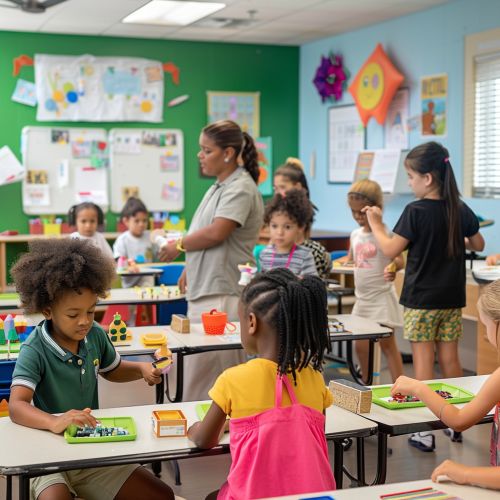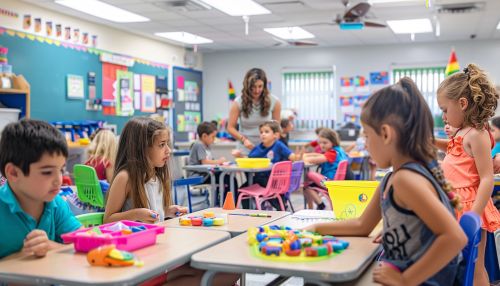Flipped classroom
Introduction
The flipped classroom is an instructional strategy and a type of blended learning that reverses the traditional learning environment by delivering instructional content, often online, outside of the classroom. It moves activities, including those that may have traditionally been considered homework, into the classroom. In a flipped classroom, students watch online lectures, collaborate in online discussions, or carry out research at home while engaging in concepts in the classroom with the guidance of a mentor.


History
The flipped classroom methodology was first introduced by two high school teachers, Jonathan Bergmann and Aaron Sams, in 2007. They were both teaching at Woodland Park High School in Woodland Park, Colorado, and started using software that would allow them to record their lectures. They then shared these recorded lectures with students who had missed class or needed additional help. This approach eventually evolved into a flipped classroom model, where students would watch the lectures at home and then come to class prepared to discuss the material and engage in collaborative activities.
Methodology
The flipped classroom model fundamentally involves shifting the focus of instruction from the teacher to the student. The traditional pattern of teaching, where the teacher delivers a lecture in class and the students then work on assignments at home, is reversed in a flipped classroom. Instead, students first gain exposure to new material outside of class, usually via reading or lecture videos, and then use class time to do the harder work of assimilating that knowledge through strategies such as problem-solving, discussion, or debates.
Advantages
The flipped classroom model offers several advantages over the traditional teaching model. It allows for students to learn at their own pace, as they can pause or rewind the recorded lectures as needed. It also allows for more personalized instruction, as teachers can spend more one-on-one time with each student during class time. Furthermore, it promotes active learning, as students engage in more problem-solving activities in class, rather than passively listening to lectures.
Criticisms
Despite its advantages, the flipped classroom model has also been subject to criticism. Some critics argue that it places too much responsibility on students to teach themselves the material. Others point out that not all students have equal access to the technology needed to watch the online lectures at home. Additionally, some critics argue that the flipped classroom model does not take into account the diverse learning styles of students.
Implementation
Implementing a flipped classroom model requires careful planning and preparation. Teachers need to create or find appropriate online resources for students to study at home. They also need to plan engaging and interactive activities for students to do in class. Furthermore, teachers need to provide support and guidance for students who may struggle with the self-directed learning aspect of the flipped classroom model.
Impact on Education
The flipped classroom model has had a significant impact on education. It has been adopted by teachers and schools all over the world, and has been found to improve student engagement and achievement in many cases. It has also sparked a broader conversation about the role of technology in education and the best ways to engage students in learning.
